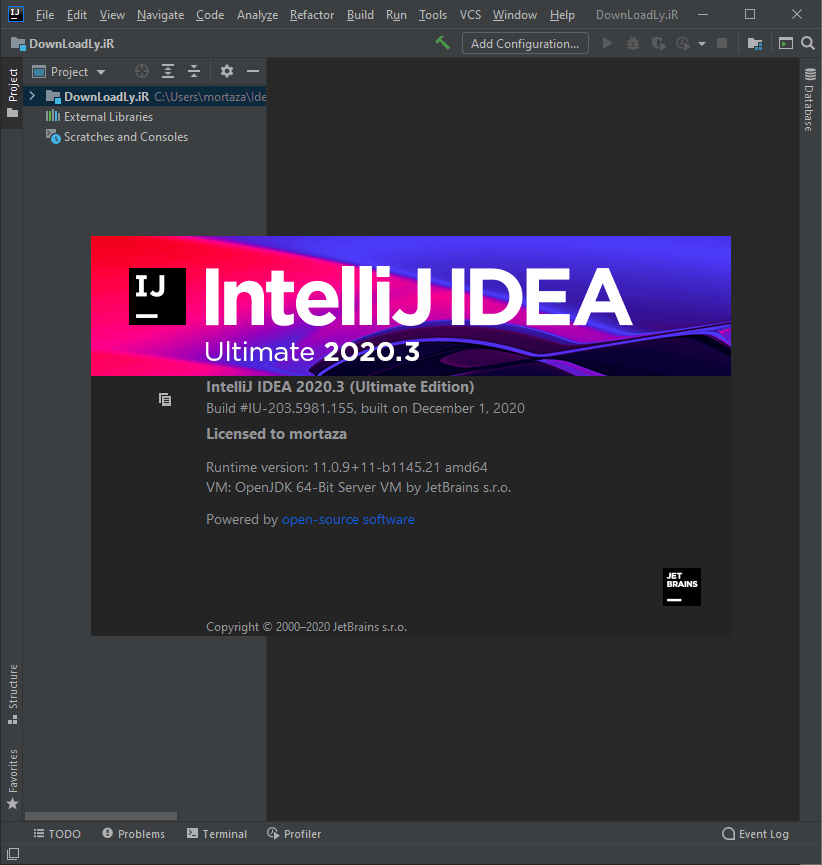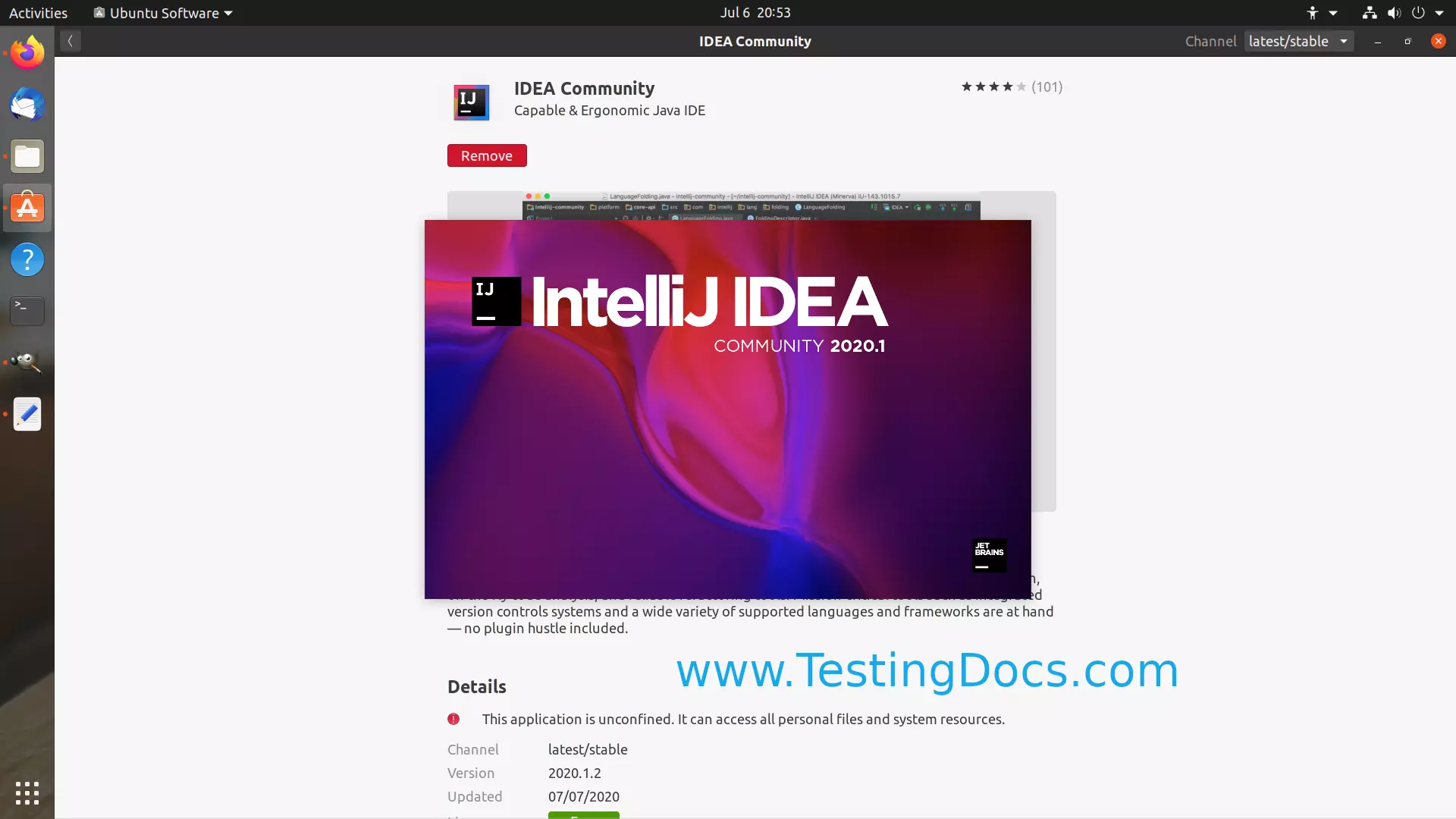
IntelliJ features many specialized programming tools Now you are ready to write your first Java program. Will appear in the Welcome to IntelliJ IDEA screen for easy access. The next time you launch IntelliJ, your recent projects When you are finished working, select the menu option
 Use the shorthand name suggested by IntelliJ. Linux is /usr/lib/jvm/java-11-openjdk-amd64/. Click the + symbol (top left) to add an SDK. Navigate to File → Project Structure → Platform Settings → SDKs. You will need to manually configure the Platform SDK. This option is intended for advanced programmers.Īlso, always use Open with a project folder, not an individual file. Name of the corresponding programming assignment (such as hello). Unzip the zip file using the following command: In our context, each project corresponds to one programming assignment.Ī typical project contains Java programs, associated data files, andĬourse-specific settings (such as compiler options, style rules, and textbook libraries).ĭownload the project for your programming assignment to a convenient location IntelliJ organizes Java programs into projects. You will develop your Java programs in an application called IntelliJ IDEA, Community Edition. This will overwrite any previous IntelliJ 2022.2 settings with our Download our IntelliJ preferences to your home directory. Install it and create a desktop shortcut by following IntelliJ IDEA, Community Edition 2022.2 for Linux. You should not need to update any shell configuration filesįor reference, here are our recommended shell configuration files for Bash: To confirm that the command-line tools are installed, The command curl downloads files from the web. ~> cd /usr/local /usr/local/> sudo curl -O "" /usr/local/> sudo unzip lift-cli.zip /usr/local/> sudo rm lift-cli.zip
Use the shorthand name suggested by IntelliJ. Linux is /usr/lib/jvm/java-11-openjdk-amd64/. Click the + symbol (top left) to add an SDK. Navigate to File → Project Structure → Platform Settings → SDKs. You will need to manually configure the Platform SDK. This option is intended for advanced programmers.Īlso, always use Open with a project folder, not an individual file. Name of the corresponding programming assignment (such as hello). Unzip the zip file using the following command: In our context, each project corresponds to one programming assignment.Ī typical project contains Java programs, associated data files, andĬourse-specific settings (such as compiler options, style rules, and textbook libraries).ĭownload the project for your programming assignment to a convenient location IntelliJ organizes Java programs into projects. You will develop your Java programs in an application called IntelliJ IDEA, Community Edition. This will overwrite any previous IntelliJ 2022.2 settings with our Download our IntelliJ preferences to your home directory. Install it and create a desktop shortcut by following IntelliJ IDEA, Community Edition 2022.2 for Linux. You should not need to update any shell configuration filesįor reference, here are our recommended shell configuration files for Bash: To confirm that the command-line tools are installed, The command curl downloads files from the web. ~> cd /usr/local /usr/local/> sudo curl -O "" /usr/local/> sudo unzip lift-cli.zip /usr/local/> sudo rm lift-cli.zip 
Next, you will install our textbook libraries, It’s important that the Java version numbers match and that OpenJDK 64-Bit Server VM (build 11.0.15+10, mixed mode, sharing) OpenJDK Runtime Environment (build 11.0.15+10) ~> sudo apt-get update ~> sudo apt-get install openjdk-11-jdk Java SE Development Kit 11 from either OpenJDKįor example, here are the commands for installing

Use your Linux distribution’s package manager (see the first FAQ) to install The symbol ~ is shorthand for your home directory. We’ll assume that the command prompt looks like the following (though your command prompt Your account must have Administrator privileges and you must be connected to the Internet. Log in to the user account in which you will be programming.

Skip this step if you already have JDK 11 installed.








 0 kommentar(er)
0 kommentar(er)
